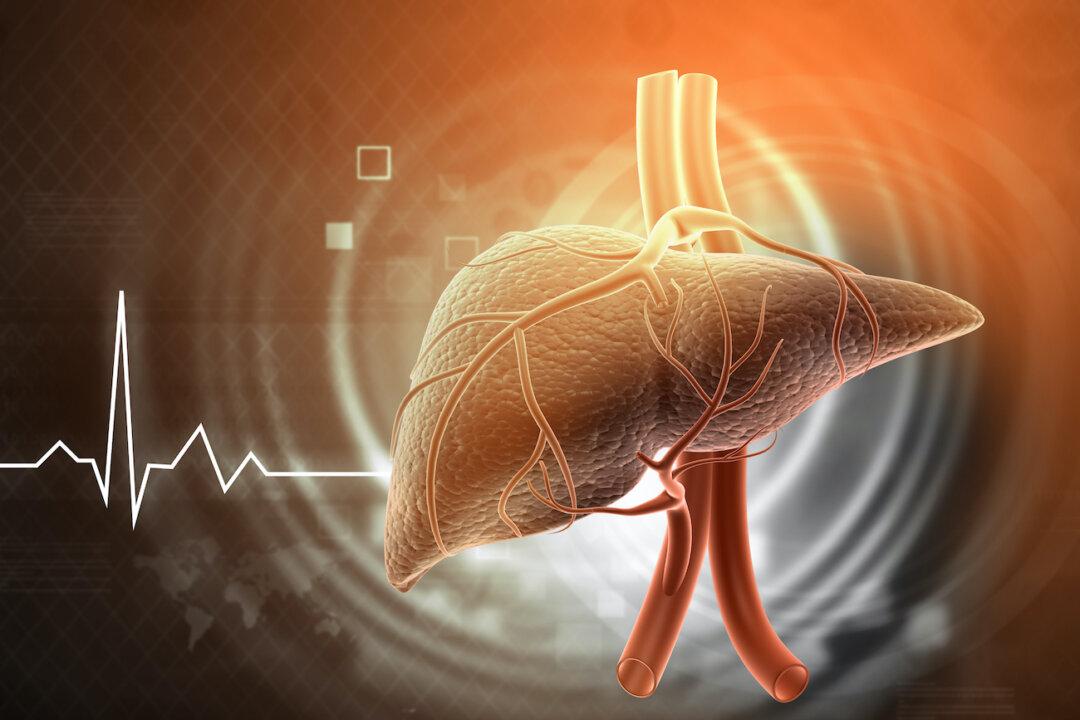In this series, we explore ways medical science, modern medicine, and lifestyles have taken us to an unhealthy extreme—and what alternatives and solutions may exist.
By now, most people are aware of endocrine-disrupting chemicals, or EDCs—and their dangers—but they may not be aware of their links to the most common liver disease of our time.






